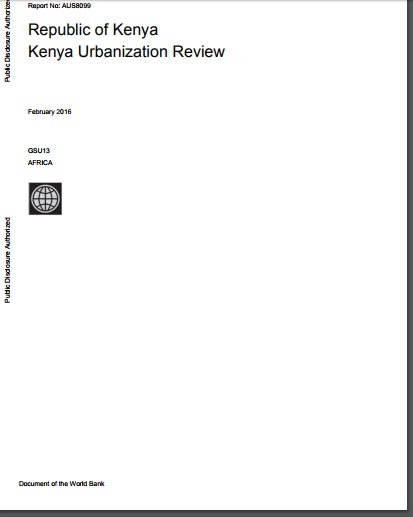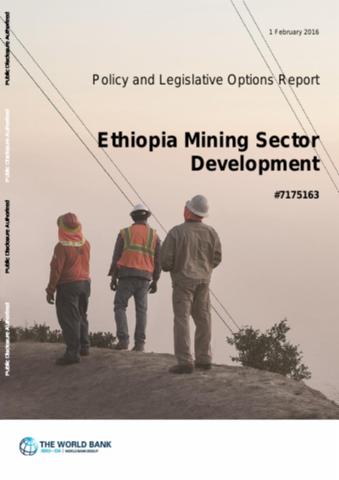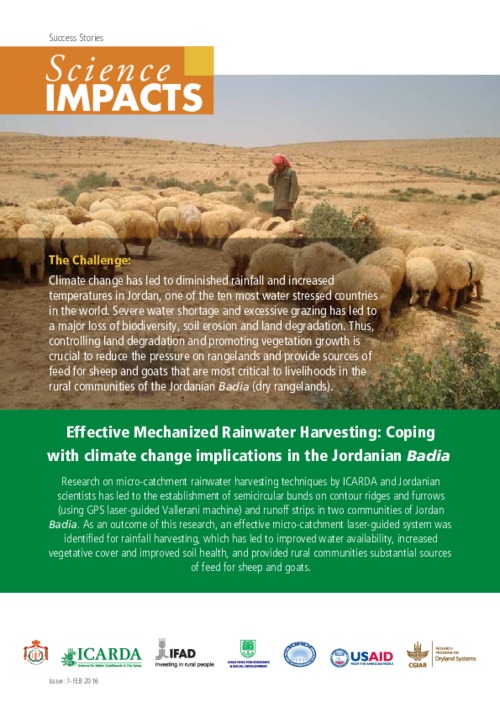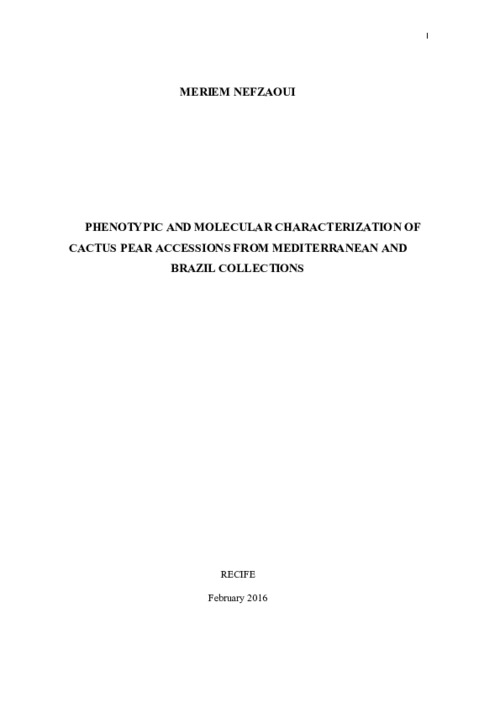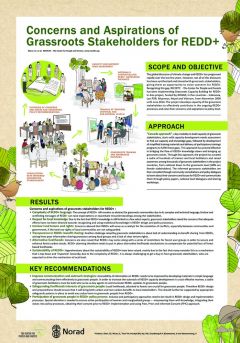Integrated policy for forests, food security and sustainable livelihoods: lessons from the Republic of Korea
In the 1950s and 1960s, the Republic of Korea was one of the poorest and least developed countries in the world. Deforestation had stripped the country of half its forest cover, contributing to severe erosion, repetitive flood and drought damage and a decrease in agricultural production which threatened national food security. Recognizing the importance of forests’ watershed and soil protection functions in restoring agricultural productivity, the government undertook an intensive forest rehabilitation effort.

